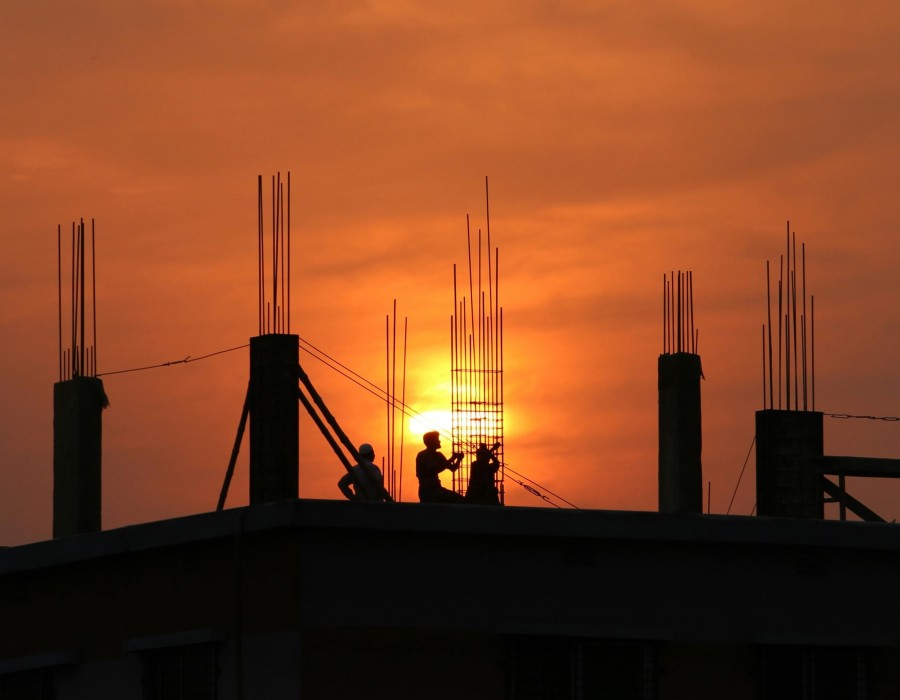Building your dream home is an exciting journey, but it can also be overwhelming, especially when it comes to budgeting. The key to a successful home construction project is proper financial planning. With the right approach, you can ensure your project stays within your budget, without compromising on quality. This guide will walk you through the essential steps to budget effectively for home construction while also helping you understand costs, and how to choose the right professionals.
1. Estimate Your Home Construction Cost
The first step in budgeting for home construction is to estimate the overall cost of building your home. This includes not only the construction expenses but also permits, land acquisition, and interior work. It’s crucial to consider the entire project scope to avoid unexpected expenses later.
Several factors contribute to home construction cost, including:
- Location: Building costs vary based on your geographical location. Urban areas may have higher costs compared to rural locations.
- Size and Design: The larger your home, the higher the cost. Additionally, custom or unique designs can increase expenses.
- Materials: The type of materials used for construction will impact the overall cost. Premium materials will cost more, but they can add long-term value to your property.
- Labour: Skilled labour is essential for quality construction. Hiring reputable construction professionals ensures that the work is done efficiently and safely.
2. Choose the Right Construction Professionals
Hiring the best professionals is crucial for your home construction project. It’s essential to partner with experienced and reliable professionals who can manage the project from start to finish.
When selecting a contractor, look for:
- Best Construction Companies in India: Opt for well-established companies with a proven track record. Research local construction firms or ask for recommendations from friends and family. A reputable construction company ensures that your home is built according to your specifications, and with minimal hassle.
- Thikedaar (Contractor): The contractor is the one who will oversee the entire construction process. Choose a Thikedaar who is reliable, transparent, and has experience managing projects similar to yours. They should be able to give you a detailed estimate and break down all the costs involved.
3. Create a Detailed Budget
Once you have an estimate for your home construction cost, it’s time to create a detailed budget. A good budget should include all aspects of the construction process. Be sure to allocate funds for:
- Foundation and Structure: This is the backbone of your home. Allocate a significant portion of your budget for quality materials and construction.
- Labour Costs: Include wages for skilled workers such as masons, carpenters, and electricians. Ensure that all workers are compensated fairly to maintain a high standard of work.
- Interior Finishing: The final touches, such as flooring, painting, and interior design, can make a significant difference to your home’s aesthetic appeal.
- Contingency Fund: It’s important to have a contingency fund in your budget for unexpected expenses. A good rule of thumb is to set aside 5-10% of your total budget to handle unforeseen costs.
4. Explore Financing Options
Construction projects often require significant financing. There are several ways to fund your home construction:
- Home Loans: Many banks and financial institutions offer home construction loans that are tailored to building a new home. These loans typically provide funds in installments, based on the completion stages of the construction.
- Personal Savings: If you have substantial savings, you may choose to fund your project without loans. However, this might limit the scope of your construction or take longer to complete.
- Government Subsidies and Grants: Depending on your location and eligibility, you may qualify for government subsidies or grants for home construction. Make sure to research available options in your area.
5. Track Your Expenses
As construction progresses, it’s essential to track your expenses closely. Ensure that all purchases, payments, and changes to the project scope are documented. This will help you stay within your budget and avoid surprises. Using financial tracking software or spreadsheets can be an effective way to manage your construction finances.
6. Consider Sustainable Construction Practices
Incorporating sustainable building practices into your construction project can help save money in the long run. Energy-efficient materials, solar panels, and efficient insulation can reduce utility costs. Although these may require a higher initial investment, the savings on your energy bills can make it worthwhile in the long term.
7. Negotiate With Your Contractors
Once you have your estimates and budget in place, don’t be afraid to negotiate with your contractors. A professional Thikedaar will understand the importance of working within budget and may offer solutions or alternatives to reduce costs. Negotiating effectively can help you cut down on unnecessary expenses without compromising on quality.
Conclusion
Budgeting for home construction can seem like a complex task, but with careful planning and the right professionals by your side, you can bring your dream home to life without breaking the bank. Understanding home construction costs, hiring the best construction companies in India, and collaborating with a skilled Thikedaar.com can make all the difference in ensuring your project is successful and cost-effective. Stay organized, track your expenses, and be prepared for any surprises along the way. With the right approach, you can build a home that fits both your vision and your budget.





Comments